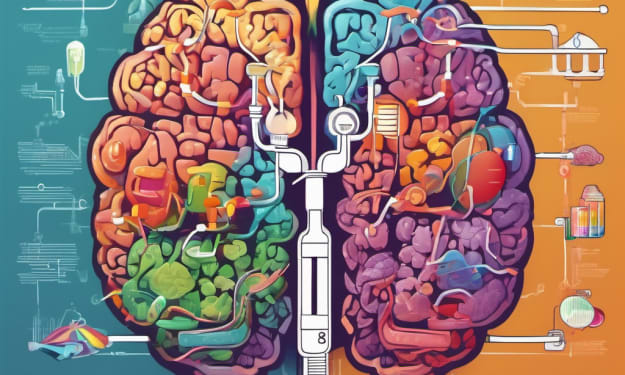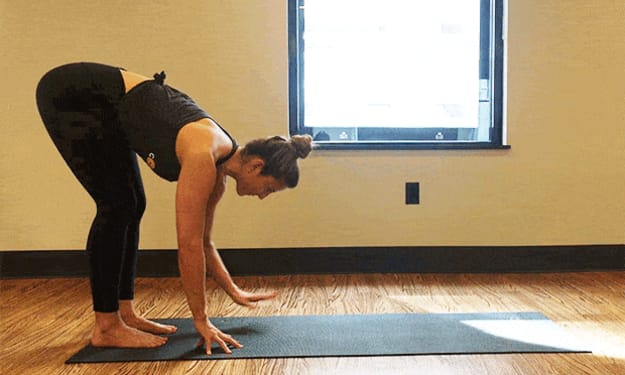The Silent Hijacker: How Microsleep Steals Your Attention (and Maybe Your Coffee Break)
Beyond the Coffee Break: Understanding Microsleep's Dangers and Strategies for Optimal Alertness

The Silent Hijacker: How Microsleep Steals Your Attention (and Maybe Your Coffee Break)
Imagine driving down the highway, the sun warm on your face, the gentle hum of the engine lulling you into a state of comfortable drowsiness. Suddenly, a loud car horn blasts you awake – a jolt of adrenaline reminding you that even a fleeting moment of inattention can have serious consequences. This is the power of microsleep, a brief but potent episode of sleep that can hijack your alertness without warning.
While you might associate microsleep with a missed coffee break, it has far-reaching implications for our health and safety, particularly when it occurs during critical tasks like driving. This captivating exploration delves into the world of microsleep, examining how it affects our brains and offering practical tips to stay sharp and avoid these silent hijackers.
The Blurring Lines: Microsleep vs. Regular Sleep
Both regular sleep and microsleep influence our brain activity and temporarily disrupt our awareness of the surrounding environment. However, unlike the intentional slumber we seek at night, microsleep episodes occur abruptly and without warning. This unpredictable nature makes them particularly dangerous in situations requiring sustained vigilance, such as driving or operating machinery.
The Brain Under Cover of Microsleep: Does it Still Hear?
Traditional wisdom suggests that during sleep, we become oblivious to our surroundings. However, recent research published in the prestigious Journal of Neurophysiology (JNP) challenges this notion. Scientists explored whether our brains can still respond to sounds during microsleep.
The study involved young adults who were shown a series of images on a screen while lying in an fMRI (functional magnetic resonance imaging) machine. This powerful technology measures brain activity by detecting changes in blood flow. While listening to various noises – ranging from white noise to sounds with varying pitches and volumes – the participants' brain activity was monitored. White noise is a constant, neutral sound used as a baseline in such studies. Interestingly, the experiment was conducted in the afternoon, a time when drowsiness is more likely to occur.
The results revealed a surprising truth: the brain exhibited heightened activity in response to sounds even during microsleep episodes. However, what truly sparked the researchers' curiosity was the absence of the typical distinction between high-pitched and low-pitched sounds, a distinction readily observed in the brain activity of awake participants. This suggests a fundamental difference in how our brains process auditory information during microsleep compared to wakefulness.
The Takeaway: Microsleep and the Compromise of Information Processing
Consider those moments when you catch yourself drifting off during a tedious meeting or a long commute. The research on microsleep and sound processing aligns perfectly with such experiences. When your brain takes that unexpected micro-snooze, your ability to process information, including sounds, becomes significantly compromised.
Beyond the Road: The Wider Dangers of Microsleep
While driving is a scenario where microsleep can have catastrophic consequences, the dangers extend far beyond the highway. Here's a glimpse into the broader threats posed by these silent hijackers:
- Workplace Accidents: Microsleep can be a significant safety hazard in industrial settings where operating heavy machinery requires sustained focus. A momentary lapse in alertness can lead to devastating injuries for the operator and those around them.
- Medical Errors: Healthcare professionals working long shifts are particularly susceptible to microsleep. A brief episode of drowsiness during a critical medical procedure can have life-altering consequences for patients.
- Performance Lapses: Whether you're a student cramming for an exam or an athlete competing at their peak, microsleep can significantly disrupt your performance. The compromised information processing ability translates to missed details, slower reaction times, and potentially costly mistakes.
By recognizing the dangers of microsleep in diverse situations, we can prioritize alertness and create safer environments in all aspects of our lives.
The Power of Awareness: Combating Microsleep
Understanding the potential pitfalls of microsleep empowers us to prioritize our alertness. Here are some proactive strategies to help you stay sharp throughout the day:
- Prioritize Quality Sleep: Aim for 7-8 hours of quality sleep each night. This provides your brain with the rest it needs to function optimally during waking hours.
- Beware of Afternoon Drowsiness: The afternoon slump is real. Avoid scheduling critical tasks during this period if possible. Take a short walk, splash cold water on your face, or engage in a brief but stimulating activity to boost alertness.
- Take Naps Strategically: Naps can be a powerful tool for combating daytime sleepiness. However, aim for short power naps (20-30 minutes) to avoid entering deeper sleep stages and potentially feeling groggy upon waking.
- Manage Stress: Chronic stress can disrupt sleep patterns and contribute to daytime fatigue. Practice relaxation techniques like meditation or deep breathing to manage stress and improve overall sleep quality.
- Hydration is Key: Dehydration can dehydration can exacerbate drowsiness. Aim to stay hydrated throughout the day by sipping water regularly.
The Rise of "Micro-Napping" and the Importance of Normalizing Rest
In today's fast-paced world, prioritizing sleep often takes a backseat. However, the growing awareness of microsleep and its impact is leading to a fascinating trend – the rise of "micro-napping." Companies like Google and Nike are incorporating designated nap pods or relaxation areas into their workplaces, acknowledging the importance of short power naps for employee well-being and productivity.
Normalizing rest and prioritizing sleep hygiene is no longer a luxury, but a crucial strategy for safety and optimal performance. By embracing these practices and taking control of your alertness, you can ensure that microsleep doesn't hijack your focus and well-being.
About the Creator
suren arju
Hi there! I'm Suren, your startup guide. Entrepreneur, writer, dreamer - I share insights, tips & stories to fuel your startup journey. Ready to explore, learn & win together? Join me & let's redefine how we launch, learn & leap!
Enjoyed the story? Support the Creator.
Subscribe for free to receive all their stories in your feed. You could also pledge your support or give them a one-off tip, letting them know you appreciate their work.





Comments
There are no comments for this story
Be the first to respond and start the conversation.